Wigs Went Viral In Ancient Times? Are You Kidding Me?
In Asia, wigs has been invented a long time ago, which is mentioned a lot in Book Of Songs.
Wigs, which is called Di or Bi in ancient Chinese, refers to those natural grew human made real hair. Di is the general name of wigs, and Di refers to human made wigs.
In Asia, wigs has been invented a long time ago, which is mentioned a lot in Book Of Songs. In the period of Chunqiu(770BC-476BC), wigs begins to prevail in China. Japanese tradition haircut often use wigs too. Wigs began to prevail in Goryeo Dynasty, Korean peninsula. Ancient Egypt in Africa has been using wigs since four thousand years ago, which is the earliest ethnic group in the world. Later on, wigs are introduced into Europe.
Wigs are used in many art performance, such as Chinese opera, Japanese drama and kabuki, and western opera. In England and most of the British countries, wig is one of the court dress of lawyer and judge. Chinese has been used to wear wigs long time ago. At first, wig is the ornament of upper class women, added on original hair to make it thicker so that it could be easier to make complicated haircuts. In the time of Chunqiu, wigs began to prevail, and by dynasty Han, the standard haircut and ornaments has been customized according to Zhou Li. Women of the Three Kingdoms use wigs as well; At the age of North Qi, the form of wig transferred to singularity, and in Yuan dynasty, women of Han dynasty began to use a wig called Jiuji. Styles of Jiuji varies a lot in Qing dynasty, but it becomes a simple haircut with little use of wigs or toupees after the establishment of the Republic of China. Japanese traditional haircut use the kind of hair style as well. Wigs has been used in Japan for a long time. It’s said that in the original dancing of Japan, people has already began to use the stems of grass and flower as ornaments. The king Zhonglie ordered his people to wear Mongolia dress and Mongolia haircut(braided hair). Afterwards, the first founder of Korean, Li Chenggui built the kingdom of Korea, performing the rule that men can no longer wear wigs, so men refreshed their haircut to Han style, then it changed into the style of Gache. While Chunzu were in his power, only when some women in his court died for the overweight of their hair did he cancel the rule that married royal women and maids has to wear such wigs.
If you take a look at the women in Zhoufang’s Ladies With Hair-pinned Flowers of Tang dynasty, you can see their wigs which a powerful evidence of how early it shows up in China. In ancient China, wigs are the ornament of the upper classes, which are covered on the original hair of women to create a thick, complicated haircut. In Always With You, Yong Style, Book Of Songs, there is a wig called Fu, and there is another wig called Di. Di is a kind of wig that are braided by part of hair on wigs, while in Collecting Fan, Zhaonan, Book Of Songs, the wig is called Bei which is similar to Fu.
For more information about wigs, toupees or other hair products(funmi hair, brazilian body wave, lace front wigs, men’s hairpiece, non-surgical hair replacement), please come to our website.
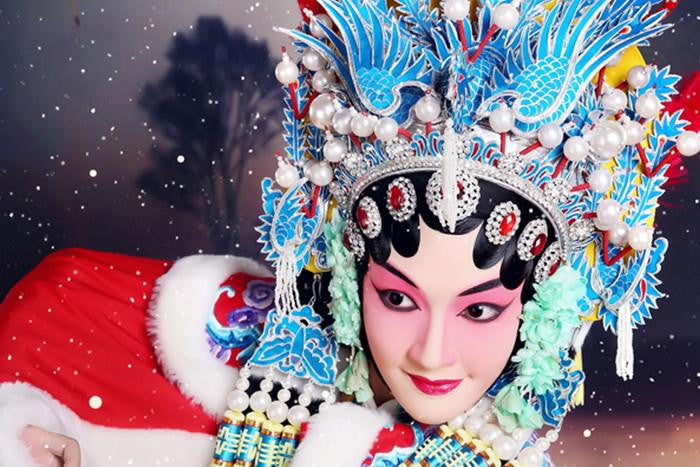
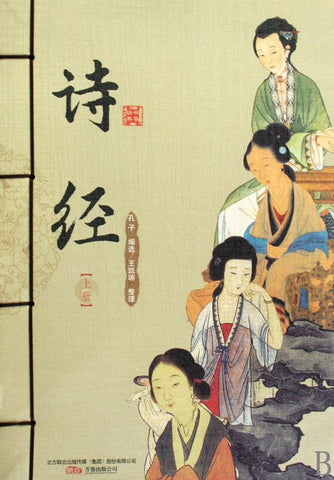
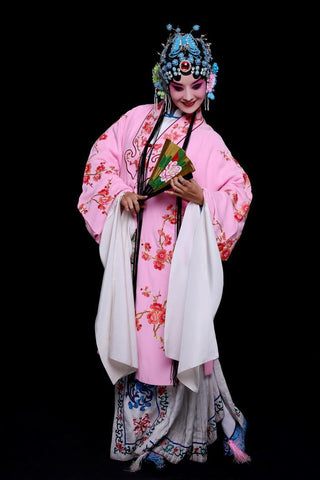
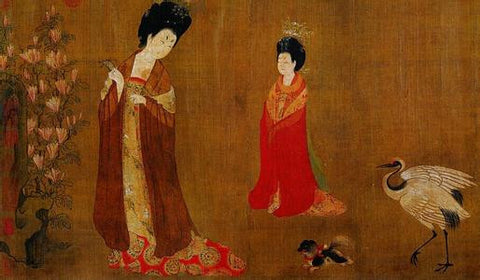
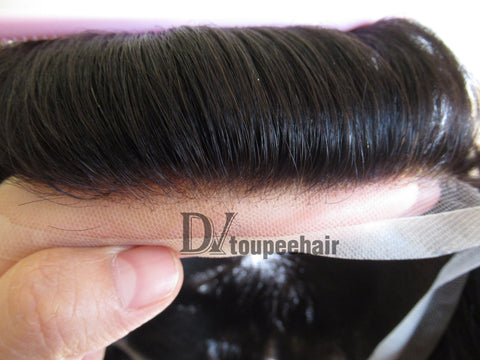
评论
发表评论